The legendary Bonneville T120 makes reappearance and it’s still classy as ever. With a new, bigger 1,200cc engine and some modern electronics thrown in, we find out if it rides as well as it looks.
Hit the twisties and you’d be surprised at how well the stiffer chassis allows the T120 to flow into corners. However, the bike does not seem very keen to turn quickly. It certainly feels more nimble than its predecessor, the T100, thanks to a significant reduction in wheelbase to 1,445mm and tighter steering geometry (with the head angle now 25.5 degrees as opposed to 28 degrees on the T100). But its rather chubby dry weight of 224kg and larger 18-inch front wheel means that steering feels heavy while pitching it into the turn, although once it’s leaned over, the bike feels quite planted. Overall, this makes handling quite predictable, but before you run across any of the chassis’ or tyres’ shortcomings while cornering, the extra-low footpegs end up scraping the tarmac. So while the T120 is not a corner-carver from any angle, its stability and comfort (thanks to those lowered footpegs and extremely accommodating seat) means that it works quite wonderfully as a highway machine. So strapping on saddlebags and taking it touring over long distances is well within the T120’s comfort zone. And for the most part, ride quality is quite well-balanced too. The Kayaba 41mm cartridge-forks at the front and the Kayaba twin shocks at the rear work quite well over most bumps, but ride over some really sharp ones and the bike’s hefty weight and slightly low (for Indian conditions) suspension travel of 120mm make the shocks bottom out.
Out on city roads, the T120 does show its heavy nature as compared to the Street Twin, especially when you’re trying to manoeuvre it at really slow speeds or manhandle it around parking spaces. But once you get used to the weight, it shouldn’t pose any significant problems in the urban landscape. And its low(ish) seat height of 785mm (though nowhere as low as that on the Street Twin) ensures that even shorter riders are at home in the saddle.
The twin 310mm discs up front are equipped with Nissin two-piston calipers, while the rear comes with a single 255mm disc. Both are equipped with ABS and provide some really predictable and strong braking. Grab on the brakes and they feel a bit vague initially, but the bite really comes on later. Even in wet conditions, the T120 managed a 60-0kph distance of 23.38 metres while 80-0kph took 39.13 metres, with the bike feeling rock solid all the while. A part of this can be attributed to the new Pirelli Phantom Sportcomp tyres, which have been specially designed for the Street Twin and the T120. But in the T120’s case, they just seemed to work a lot better, mostly thanks to its heavier weight and well-balanced 48-52 weight distribution.
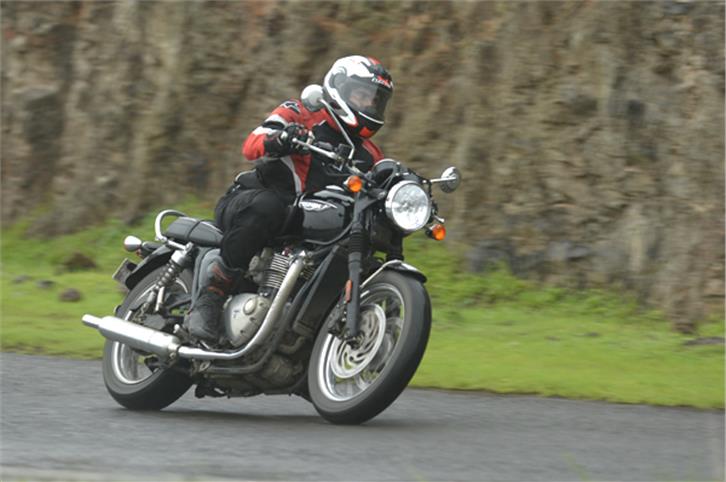
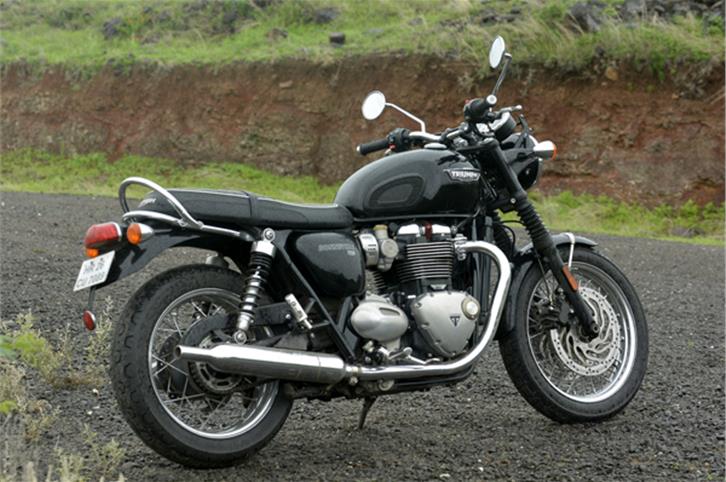
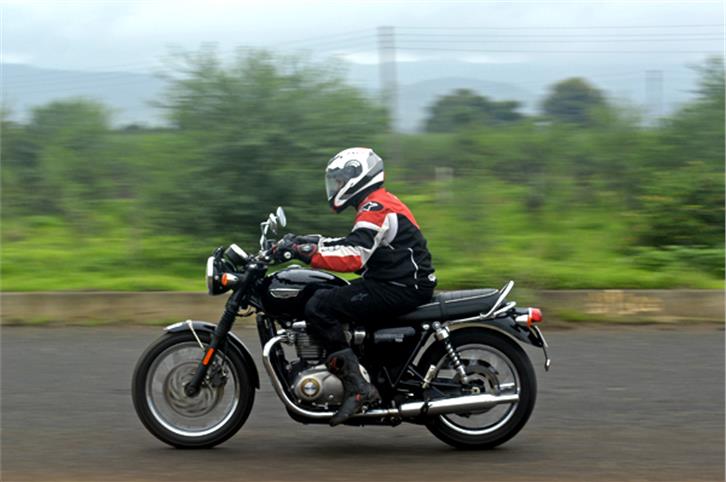
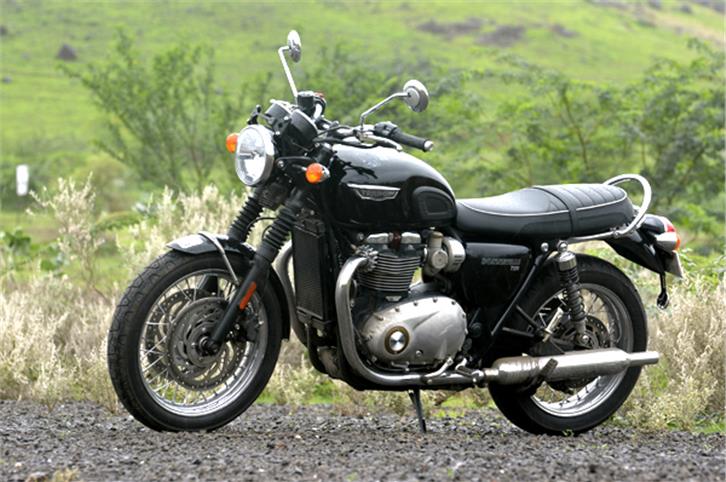


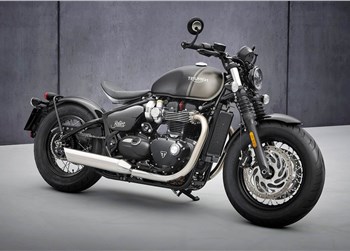

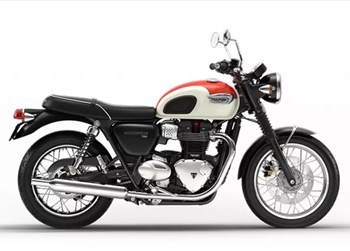
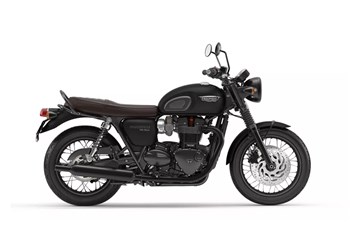

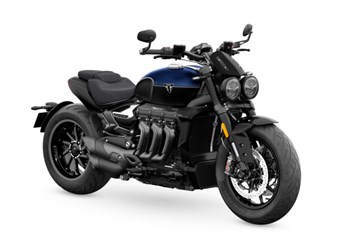
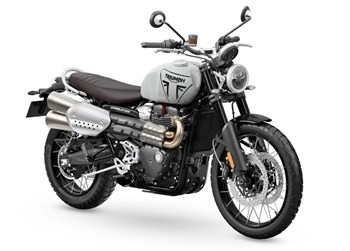

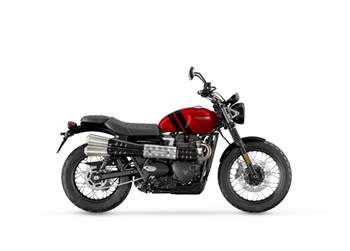
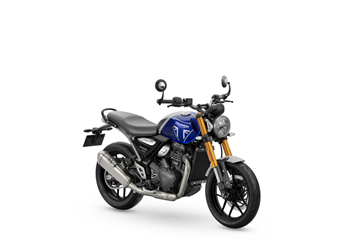
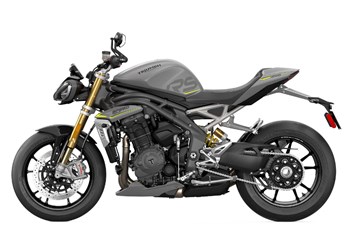

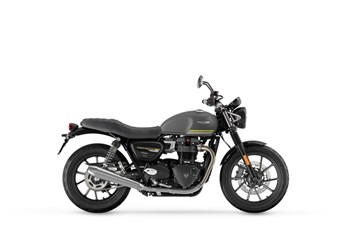
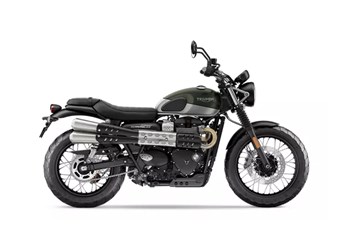
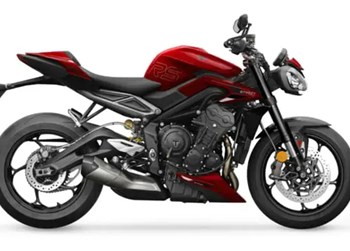
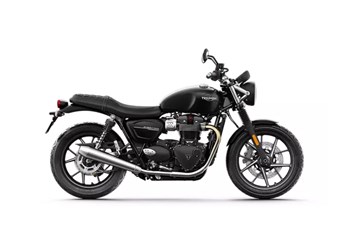
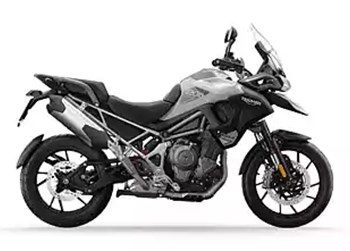

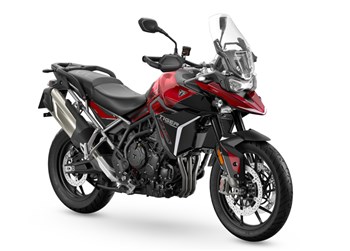
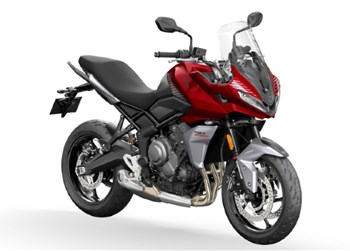
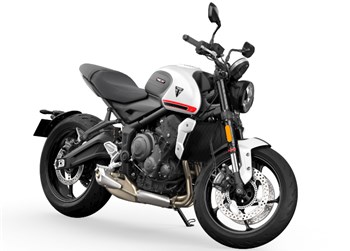



Comments
Member Login
Personal Details
No comments yet. Be the first to comment.